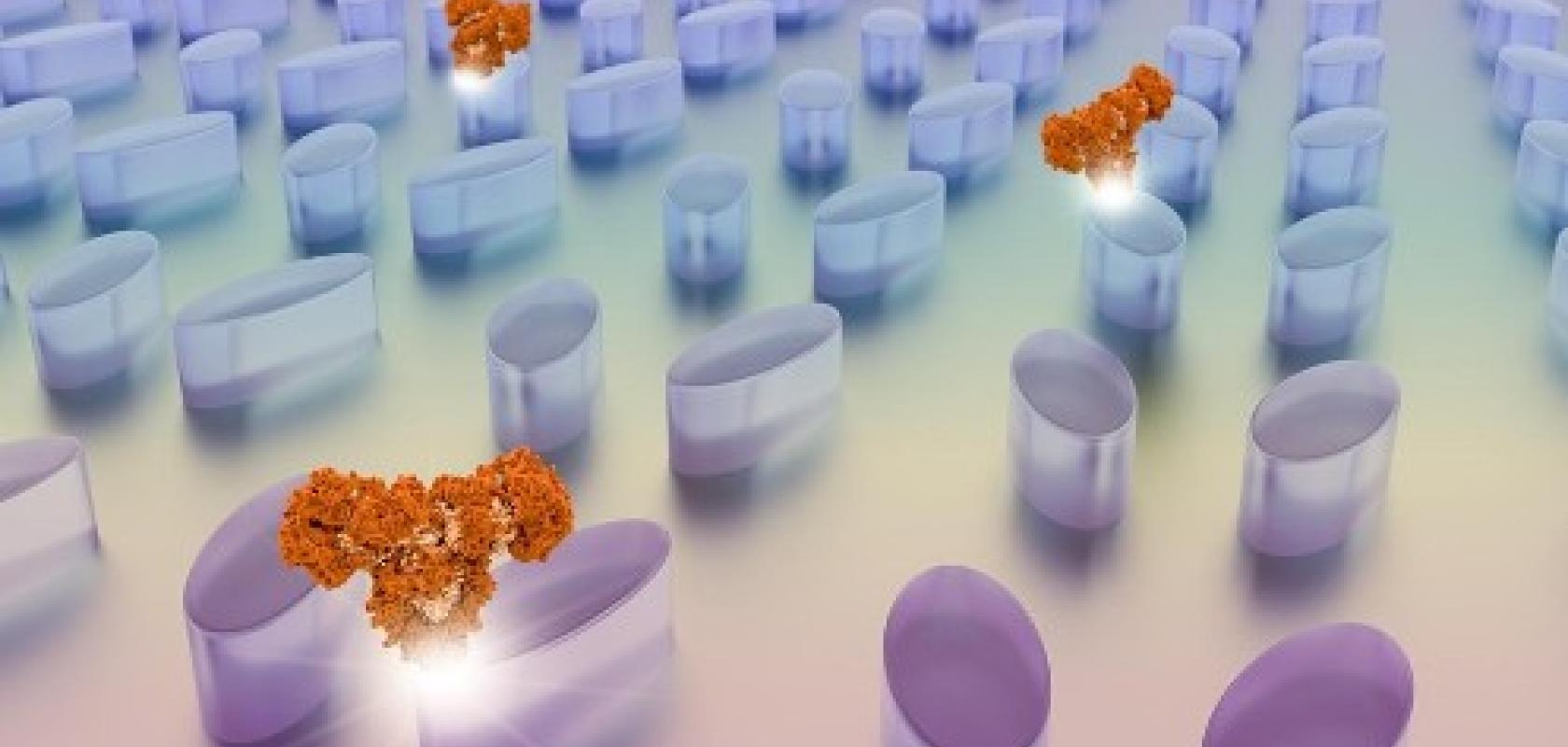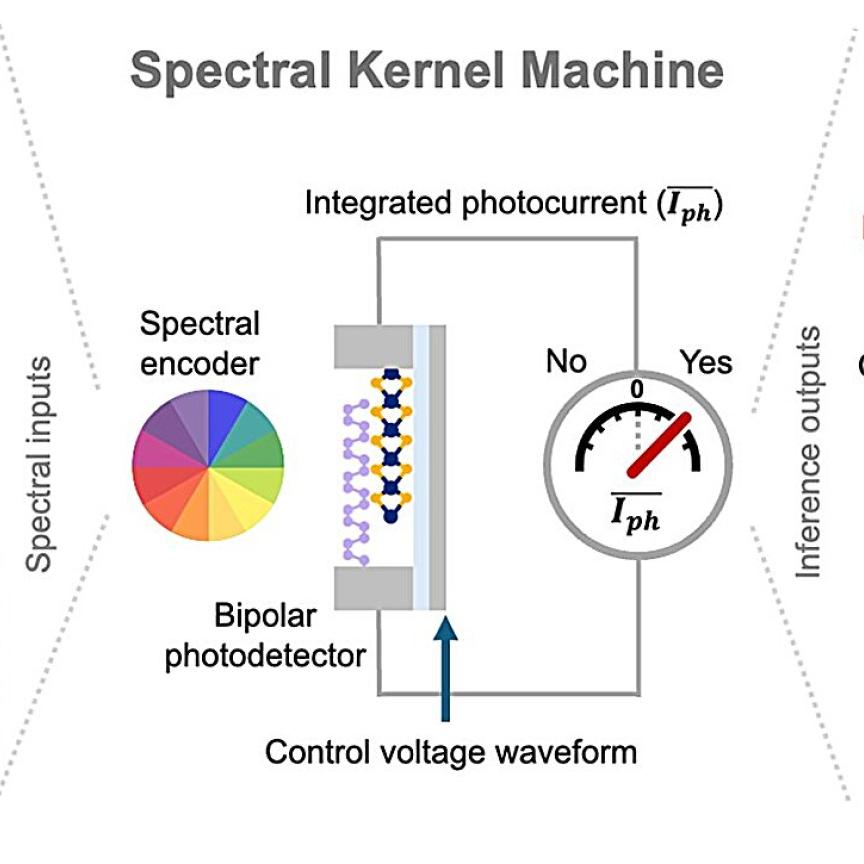Scientists at the Swiss technical university, EPFL, have combined hyperspectral imaging with metasurfaces – artificial materials covered in millions of nano-sized elements – to develop a label-free biosensing platform.
The researchers at EPFL’s BioNanoPhotonic Systems laboratory believe the technology could one day lead to a device able to detect trace amounts of biomarkers in blood or saliva, so as to serve as an early-warning system for diseases.
The technique is based on metasurfaces and their arrangement of tiny elements, which, at a certain frequency, are able to squeeze light into extremely small volumes, creating ultrasensitive optical hotspots. Molecules are detected as light from these optical hotspots interacts with them.
The technology acquires spatially resolved spectra from millions of image pixels which, when processed, can extract sensing information at less than three molecules per square micron.
The spectral data is retrieved from each image without using spectrometers, which paves the way for portable diagnostic applications.
Filiz Yesilkoy, the article’s first author, said: ‘We’ve demonstrated that we can detect and image not just individual biomolecules at the hotspots, but even a single graphene sheet that’s only one atom thick.’
Taking their work one step further, the researchers developed a second version of the system, where the metasurfaces are programmed to resonate at different wavelengths in different regions. ‘This technique is simpler, yet it is also less precise in locating the molecules,’ said Eduardo Arvelo, one of the article’s co-authors.


